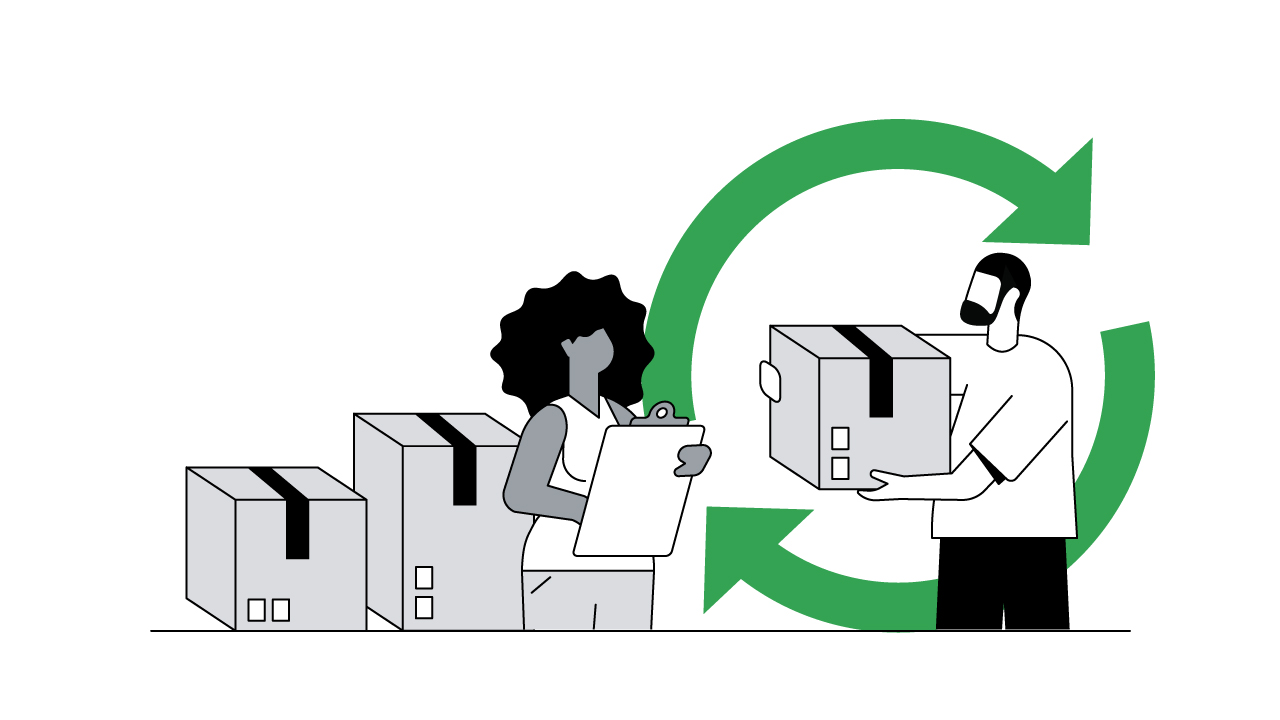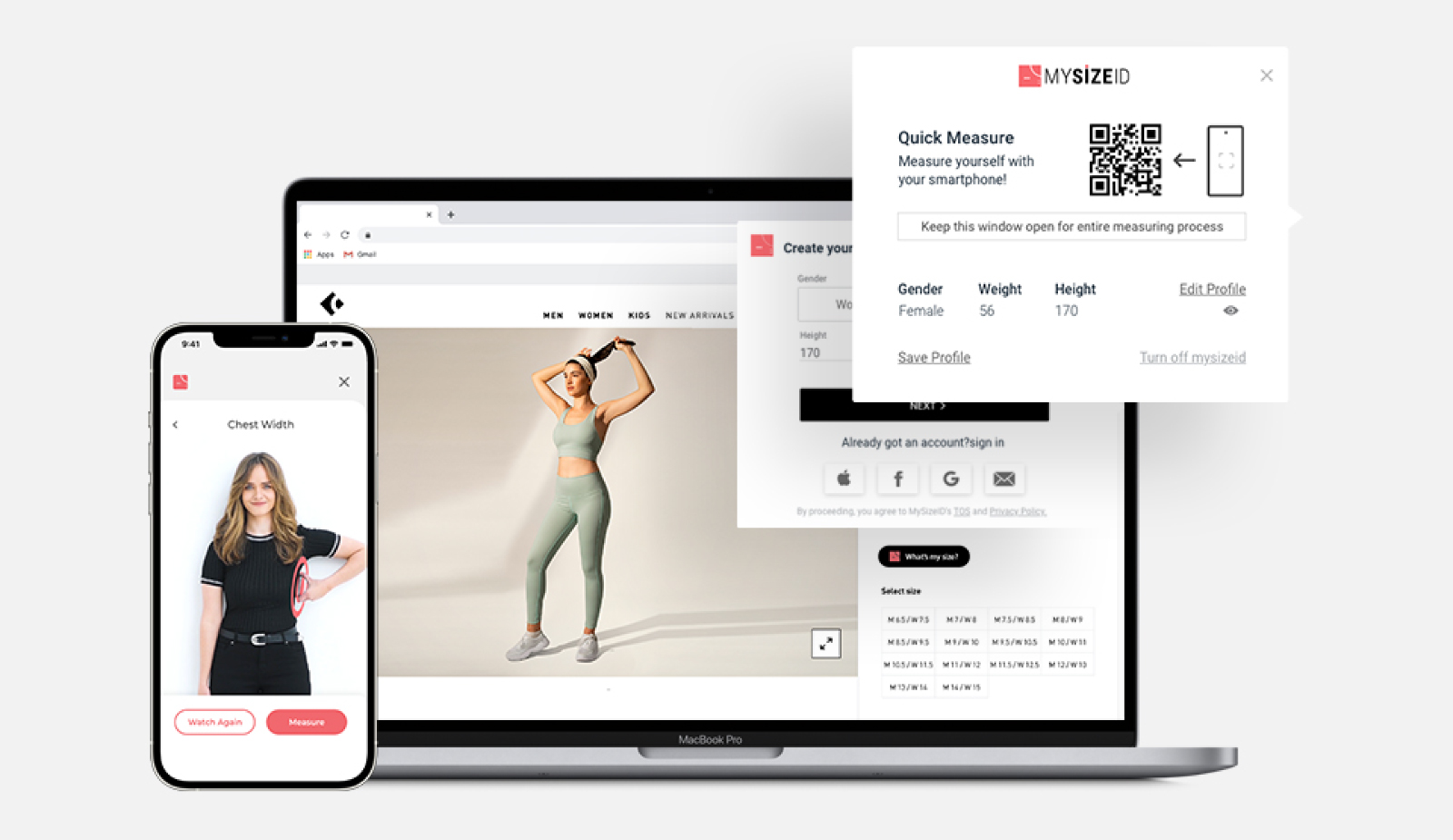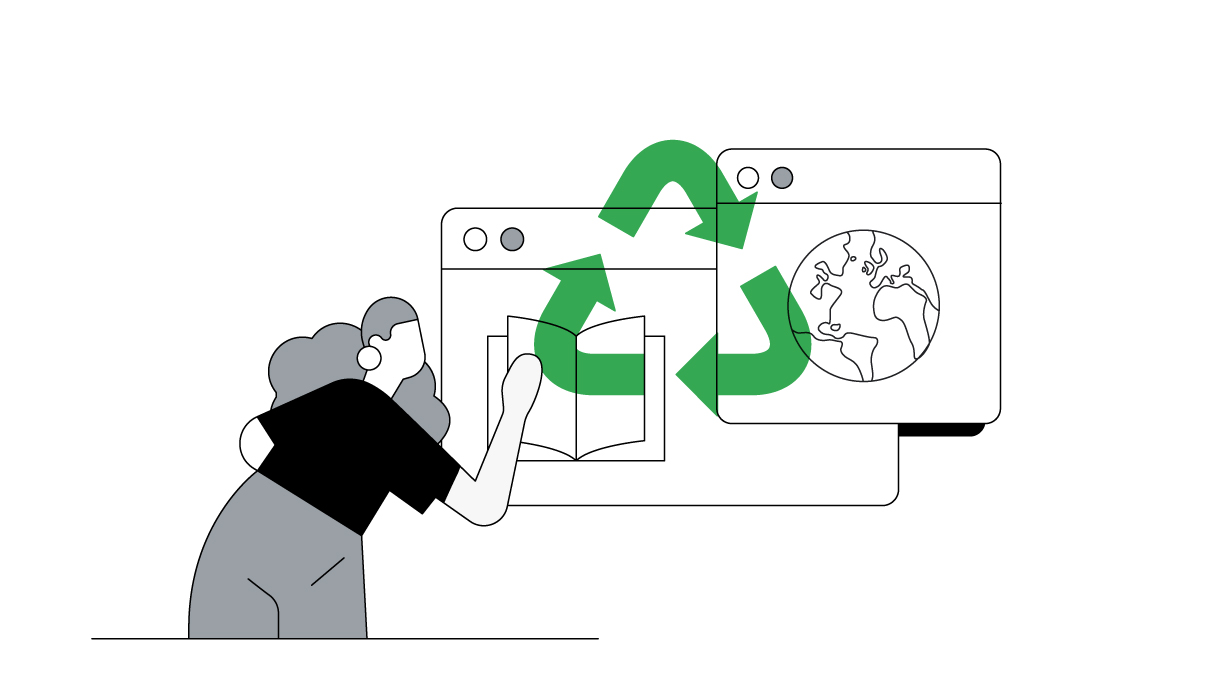
Jackie Pynadath is Google Cloud’s sustainability and innovation director for Europe, the Middle East, and Africa. Jacqui Owens is a retail industry lead at Google.
Free returns. It’s a huge selling point for online retailers to entice potential customers, making purchases as seamless as possible.
But e-commerce returns are a messy, wasteful process. Not only do retailers lose hundreds of billions in revenue each year, the environmental impact is startling.
Very few experts have been able to quantify the waste generated in regions like Europe, the Middle East, and Africa, but the numbers in the U.S. are sobering: in 2020 alone, an estimated 2.6 million tonnes of returns ended up in landfills, according to a report from Optoro. The process of shipping returned items led to 16 million metric tonnes of carbon dioxide (CO2) emissions that year. That’s equivalent to the emissions generated by powering two million homes for a year.
Industry experts estimate that about one-quarter of returns are discarded because it’s cheaper to dump them than process and resell.
And the problem is getting worse. In the U.S. in 2021, for instance, consumers returned one-fifth of all online retail purchases. That represents $218 billion in ‘lost’ sales, more than double the value of the previous year.
Retailers are now starting to examine the sustainability of their returns and exploring ways to minimise them without sabotaging sales. The industry is also trying to change the consumer mindset to encourage fewer returns. In May, for example, fashion retailer Zara began charging for online returns in the U.K., although returns to its physical stores remain free.
We spoke with a range of global industry experts to understand how retailers can improve the sustainability of their returns process and reduce costs. Here’s what they had to say:

Understand what your customers don’t like about your products
Navjit Bhasin, founder and CEO of Newmine, which runs the SaaS retail returns intelligence platform Chief Returns Officer:
"Returns reduction is a low-hanging fruit that is being overlooked. At a time when returns rates are soaring, we are taking a proactive approach to understanding why returns are happening, helping our customers reduce returns rates by 18%.
"Understanding the root of the problem is key to reducing returns — if you don’t know the problem, then you won’t be able to put the right solution in for it.
"Previously, the focus for retailers was on how to get rid of returns once they’d happened. The priority was to make it easy for the customer, using reverse logistics to maximise speed and then reaping any extra margin depending on whether the product could be refurbished or resold. Industries have grown up around those solutions.
"But this is a reactive approach to solving the problem. You cannot eliminate returns, but you can learn from them and, based on that intelligence, take proactive action to reduce further returns.
Customers are giving retailers signals that something isn’t right
"This is especially important when you consider that at least 70% of the reasons for returns can be controlled by the retailer.
"Retailers can find the root cause by getting the information from places such as retailers’ transactional systems and the voice of the customer, which could be social media, call centre transcripts, or customer reviews.
"In all these instances, customers are giving retailers signals that something isn’t right. Listen to those signals and find anomalies. The data is already there — it’s just looking at it from a returns lens, which gives retailers the ability to reduce returns."

Ensure products arrive undamaged
Gavin Mounce, e-commerce design manager at packaging business DS Smith:
"Ensuring products arrive undamaged is one of the most impactful ways that retailers can improve the sustainability of returns. For many products, there is a huge amount of energy and time that has gone into production. If the packaging doesn’t protect them on the return journey, then that adds a huge amount of cost and waste.
"Simply put, you need to understand your customers, your products, and the needs of your supply chain. For example, although clothing has a high return rate, it doesn’t need so much protection.
Retailers are looking at how they can make packaging easier to recycle or reuse
"We are also seeing retailers’ priorities change. In 2019, one of the key trends was unboxing. In 2020, the issue was around supply. In 2021, COP26 saw an environmental focus as everyone started to see the amount of packaging in their homes. That, coupled with high inflation and rising energy costs, means that we have seen a number of large retailers around the world move to look at sustainability in their returns. The customer is asking for it, too.
"A lot of retailers are looking at how they can make packaging easier to recycle or reuse, especially when dealing with returns. Reseal capabilities allow customers to return items in the original packaging. Some retailers are also starting to look at offering second use of packaging once it’s been returned.
"Retailers are increasingly aware of the opportunities around improving the sustainability of returns through packaging, but what surprises them most is the numbers. For instance, just taking 2mm or 3mm out of card, or a few grams out of the liner, can equate to tonnes of saved packaging for the year. This cumulative effect is one of the strongest arguments — it helps with costs, but it improves sustainability, too."

Maximise the user experience to minimise product disappointment
Louise Barry, mobile user experience and conversion specialist at Google:
"Improving the online user experience for customers is key to reducing returns. This helps customers buy the right product the first time.
"We recently helped one European fashion retailer reduce returns by 8%. We recommended that the company add more detailed information to help improve the customer experience. The retailer also used customer measurements to provide context on best fit, and used better quality images of the product.
"Size information is so important. Retailers should add a breakdown of dimensions, particularly for higher-value items, so people can understand sizing and fit.
The more accurate and realistic the visuals, the more likely the consumer is to make a better purchase
"Product images and videos are also crucial. The more accurate and realistic the visuals, the more likely the consumer is to make a better purchase. It’s very beneficial when retailers offer customers the ability to turn the product around and look at it from different angles online, or zoom in on details. Using augmented reality for items such as bags, sofas, or even wallpaper and paint, also helps users better understand size and fit in their homes.
"Product comparison showing other similar items gives the user the best chance of discovering the best product for them and, therefore, a reduced likelihood to return.
"User reviews are also really helpful. British fashion retailer ASOS provides a really good example since it shows how accurate products are to the image, whether sizing runs big or small, and the quality. Having that context can help customers make a better decision on whether a product suits them or not.
"Doing this is advantageous from a business perspective as well. It’s much better for retail reporting and forecasting since you get a clearer idea of what customers are keeping. That means you can better understand what products customers might want in the future, too."

Get the fit and size right to prevent over-ordering
Ronen Luzon, CEO and founder of sizing technology company MySizeID:
"Helping customers to better understand size and fit is one of the main tools that retailers have to tackle returns.
"We have seen retailers who use our technology reduce returns by between 30% and 60%, including Levi’s, which saw reductions of 47%.
"It all starts with the confidence level of the customer when they are looking online for an item. If the confidence level is low, it can lead to cart abandonment since the customer will not be confident to buy. Or they will be buying items in several sizes and returning them.
"We’ve developed a two-step approach with MySizeID. Firstly, customers can enter their gender, height, and weight online and based on those three questions, they will get a size recommendation. If the retailer needs more than that, users can measure themselves using their phones.

"Retailers can see how powerful this size tool is. As well as increasing conversion and average order value as confidence increases, one of the biggest impacts is in reducing the cost of returns.
"The sustainability aspect is key. A lot of retailers promote themselves as sustainable businesses and use sustainable fabrics, but if you are not using technology to reduce returns then that’s not good enough."

Nudge behavioural change
Inge Baars, sustainability manager at global product returns management specialist Cycleon:
"We aim to get retailers and consumers thinking about the decisions they make around returns. We believe this is where we will start to see behavioural change.
"For retailers, we make sure they have insight into the impacts of their returns, such as the CO2 emissions per carrier, per country and per parcel. We also rate all our carriers on sustainability through our Sustainability Network Index.
"We need to make sustainability of returns as easy and accessible as possible to all retailers and consumers, not just early adopters, so that it’s more of a ‘why not?’ decision.
We aim to get retailers and consumers thinking about the decisions they make
"Our eco-choice feature in our returns portal is designed to nudge consumer behaviour. It allows consumers to see which is the most sustainable option for their product return.
"We are trying to nudge consumers in other ways, too — such as trying to encourage them to drop off products via foot or bike, and drop off their packaging material for recycling with their returns.
"We are also looking at circularity options, such as repair, rental, and donation and how we can handle all these options within our network."

Look at lockers to consolidate returns
Rafał Brzoska, founder & CEO of logistics firm InPost:
"In recent years, parcel lockers have become an important feature in many communities. We are now seeing widespread adoption in many parts of Europe.
"Lockers save people time by avoiding queues in shops and post offices, while also allowing customers to pick up and return their parcels as part of their daily routines. Lockers placed in convenient locations — such as supermarkets — help customers benefit from ‘trip-twinning’.
Delivery and returns remain the last truly ‘undisrupted’ parts of the retail customer journey
"In March 2021, we launched a new QR code returns solution — Instant Returns — in the U.K., designed to transform the process of returning items bought online by removing the need for customers to use or print labels.
"We created this service based on customer demand, especially from younger, tech-savvy shoppers who wanted an easier returns experience. Beyond the benefits of making the returns process more convenient, the new service also makes returns more sustainable by eliminating unused printed labels and unnecessary printing.
"Delivery and returns remain the last truly ‘undisrupted’ parts of the retail customer journey. There is an enormous opportunity for retailers to drive loyalty and sales by transforming these experiences. If retailers get this right, it offers a great point of differentiation in a competitive market."







